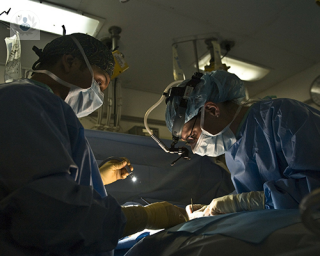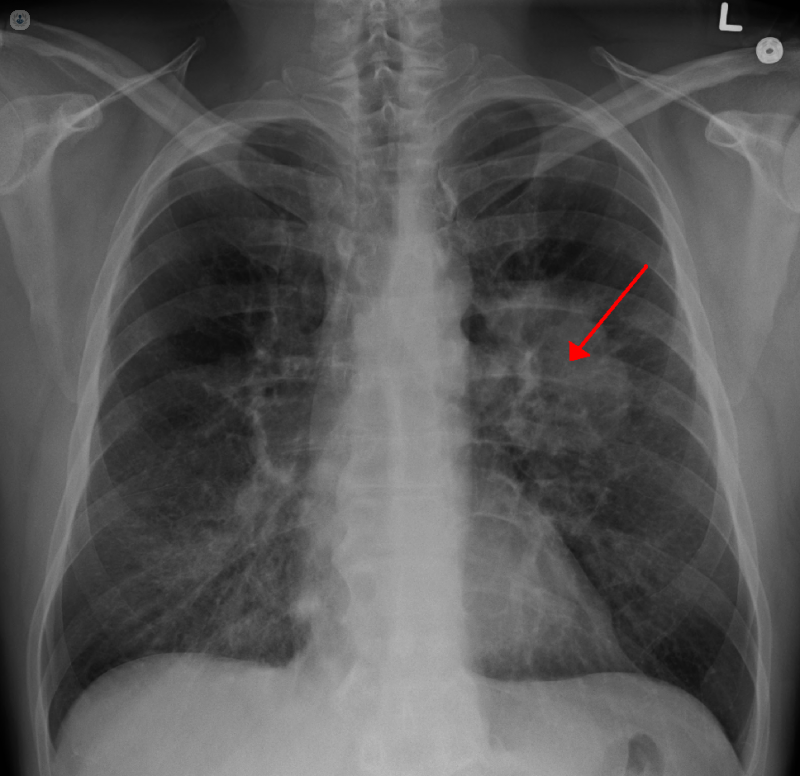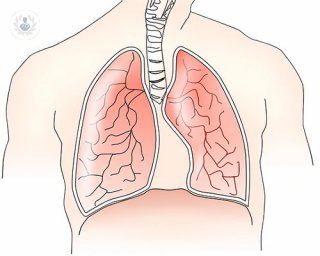Lung Cancer
Lung cancer is the progressive growth of malignant cells in this vital organ, causing problems in other lung structures, such as the bronchi. It is diagnosed in a very high percentage among the smoking population and almost always to present an excess of cough, which may be associated with coughing. The presence of a primary tumor can be characterized by dyspnea or shortness of breath, hemoptysis or bloody sputum, and other less common symptoms, such as chest pain, ringing in the side of the chest, and weight loss hoarseness. There are, however, other conditions that could suggest the spread of the cancer to other organs (metastasis). The diagnostic examination is to conduct a series of tests such as chest X-ray, CT (scan) of the chest and abdomen, respiratory function tests (spirometry), blood tests, and some form of biopsy (bronchoscopy, CT-guided percutaneous puncture, VATS, and toratocomía). The treatment to be applied depend on the stage of the cancer extension and the type and size of the tumor is found. According to each case, the treatment will be surgery to remove the tumor, chemotherapy or radiotherapy, or a combination of all.
















